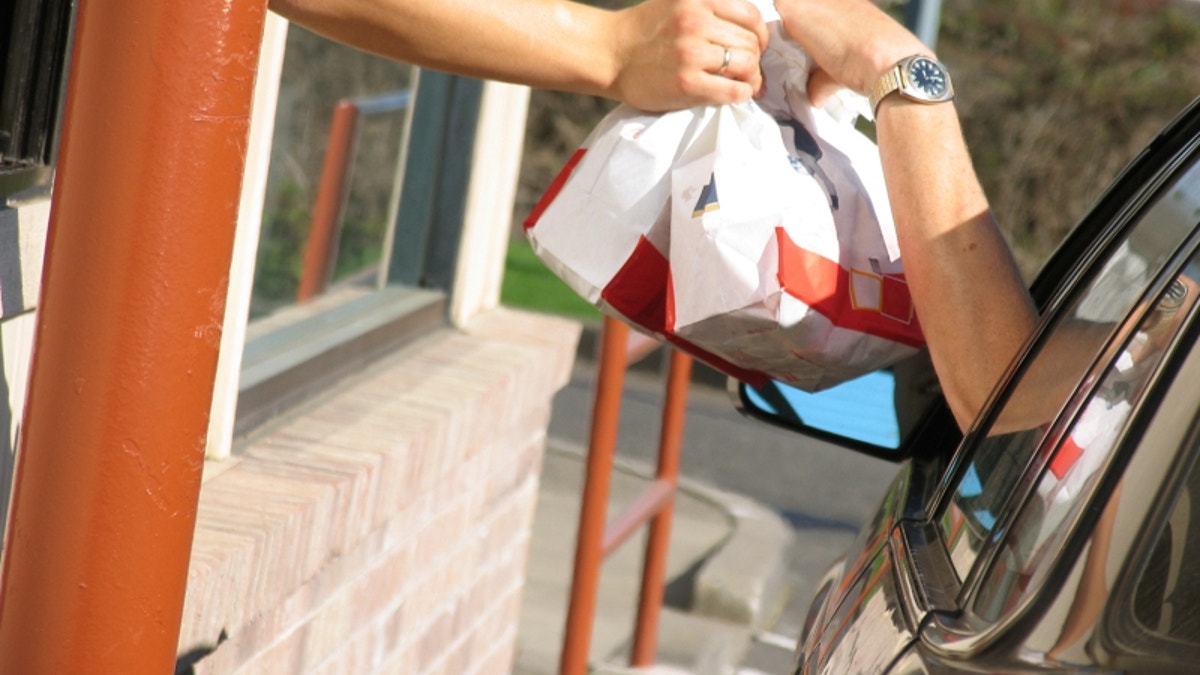
A recent study by Center for Science in the Public Interest (CSPI) revealed once again the atrocious levels of calories, sugar, salt and fat that are contained in many popular foods served at popular chain restaurants.
While there is no secret the size and chemical composition of many of these fast foods is clearly exceeding recommended daily nutritional guidelines, there appears to be no end in sight for this evolving crisis. What further complicates this situation is that most people either consciously or subconsciously find the cheapest meal with the highest calories. Herein lies a big part of the problem.
A few years ago some researchers at New York University collected receipts from consumers who went to fast food restaurants around the city to examine their calories consumption. The interesting finding from this brief study was that the average calories purchased per meal was around 850.
A RAND study also looked at this issue and found that the place where people purchased the most calories per meal was Dominos, with 1,030 calories per visit compared to 860 calories at KFC. Remarkably, the number of people who bought food for about 475 calories at Au Bon Pain were far less. Also high on the list was Popeye’s, where one could purchase 910 calories for just $3.79.
There is no secret that lower income people, who clearly need as much help as the rich folks, make most of their decision around food based on price. Remember, though, that it is not only the caloric content, but the content of saturated fat, sugar, and salt that is pushing us over the cliff.
In the CSPI study that was looking at what they call “extreme fast foods” their focus was on looking at the caloric content, as well as salt, fat and sugar, across certain fast food chains. No surprises that the Bistro Shrimp Pasta at Cheesecake Factory rolled in at 3,120 calories, which should be enough for an average individual for a day and a half that most people (who eat there) are consuming in one meal. The Bacon Cheddar Burger at Johnny Rockets cannot only give you 1,777 calories, but a whopping 2,300 of sodium and 50 grams of fat, which is enough to jolt anybody’s heart for a day, and all for $12.00. When you factor cost into the equation, some of the meals at IHOP start to creep up. The Country Fried Steak and Eggs came in at 1,760 calories, but what was worse, it had 3,727 milligrams of sodium, and 23 grams of fat, 11 teaspoons of sugar, all for $10.
I took this study a little further and examined the calories per dollar as this can be an important metric in terms of accessing not only the nutritional specifications of a meal, but also addresses the issues of accessibility. When you factor in the cost some of the foods that start to top the list include the Big Apple Shake at Johnny Rockets at 300 calories per dollar, and the Maggiano’s Chocolate Cake (which I confess I do love) at 242 calories per dollar.
With the new government regulations now forcing the hand of fast food chains to publish the nutritional content on their menus, we might think twice before we start to gorge ourselves, but if cost still becomes the barrier in terms of getting not just calories, but the right calories, then one has to wonder how much will really change.
Coca-Cola recently took an aggressive stance in their national campaign against obesity in a public service announcement. The beverage industry clearly has a role to play in the amount of sugar we consume and its impact in hastening the onset of diabetes.
It will, however, take much more than public service announcements to ultimately change behavior. Without the right financial incentives and economics for people to be able to make the right choices and understand the penalties and implications for not doing so may be the next step. The questions that remains unanswered is with the growing rise of health care costs: Will insurance companies start charging consumers more based on their diet and eating habits?
The recent evidence about the number of children now being treated with insulin for type 2 diabetes, and the exploding rates of obesity in America, are an important signal that aggressive measures are ahead of us in order to turn this ship around.
